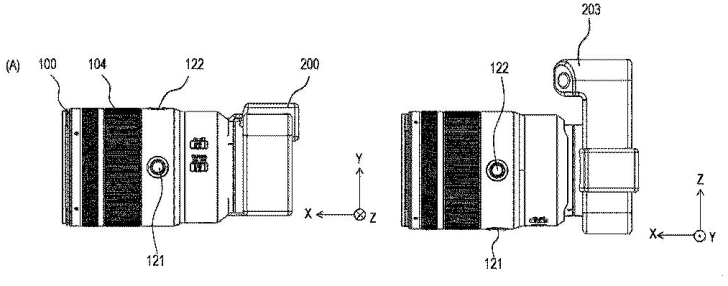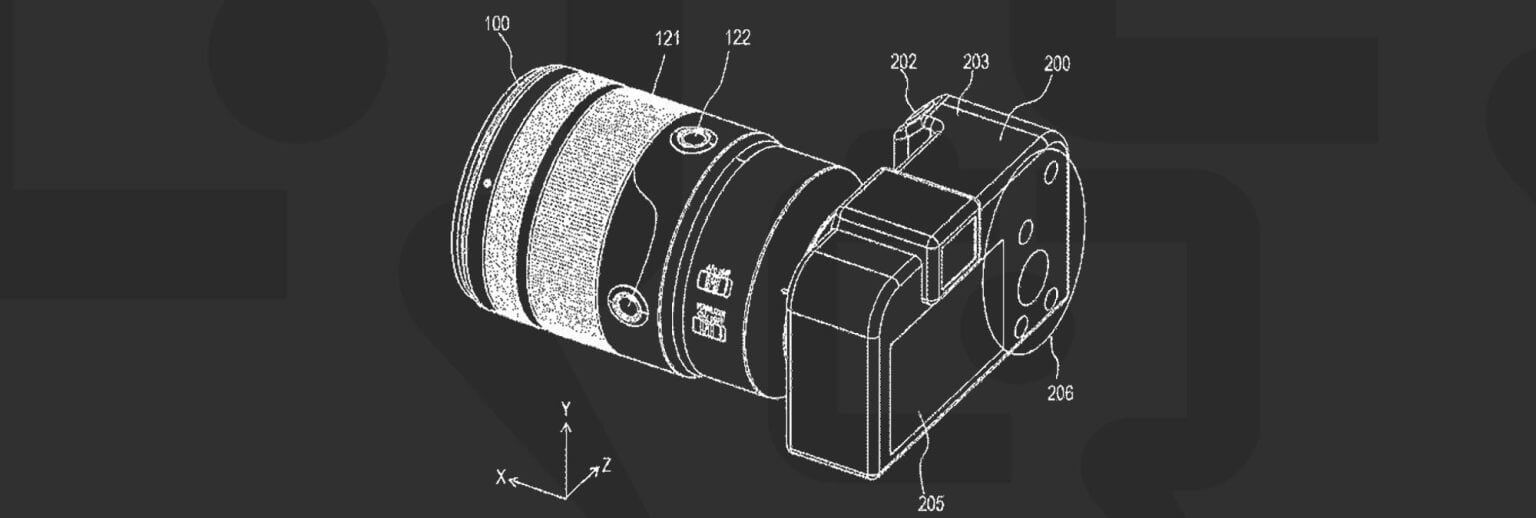In this patent application, Canon describes setting lens barrel button functions based on the orientation of the camera body. The idea that they are batting around is that as you change the orientation and you are hand holding a heavy lens, the buttons can be then in an awkward position when you are trying to steady a heavy lens, and also what buttons you can access normally change with orientation.
The buttons change function between 121 and 122 depending on the orientation of the camera. So for instance, if the photographer sets 121 to EyeAF and 122 to ServoAF, when the camera orientation changes the button functions also move so according to muscle memory, what is accessible under your fingers as you grip the lens, doesn't change. So, as an example, if your thumb would control eyeAF toggle, no matter the orientation the button under your thumb would always be set to toggle eyeAF, even if the lens rotates in your hand.

I can see this being useful even on fairly standard portrait/studio lenses like the 85mm, 24-70mm, and so on, as I do remember quickly switching between orientations a lot in the studio. Having an ergonomic button always at the same position under my finger would have been very advantageous.
Of course, Canon could remove this problem by doing a square sensor, but we aren't there yet.
As with all patent applications, this is just a look into Canon's research. It may never end up in an actual product.
Source: Japan Patent Application 2023-178602


With things like this we have reached a point where a full abolition of the patents system would actually protect the innovation.
Richard gave a simple description.
All that it really does is allow for multiple assignable function buttons which switch depending on the orientation.
It does not block any other camera company from doing the same thing.
It might require a third party lens manufacturer to get a license but they would need one for the RF mount anyway.
I won't disagree with you - but it's devil in the details. if they research it and spend time on it, I don't blame them for wanting to protect it.
US patent office can be silly. This was a patent in 1882. I don't think we are there yet with camera technology.
"Of course, Canon could remove this problem by doing a square sensor, but we aren't there yet."
=====
Lens Image Circle – Sunex Inc.
=====
Images from the past: Circular snapshots from the Kodak 1
=====
Square sensor?
Circle sensor! ;)
...there's nothing new under the sun
Seems to be coming first with the new WA primes, doesn't it?